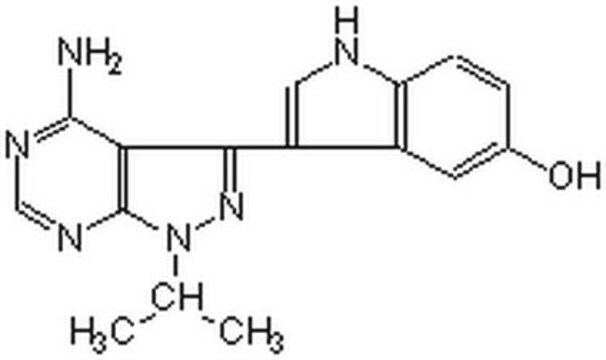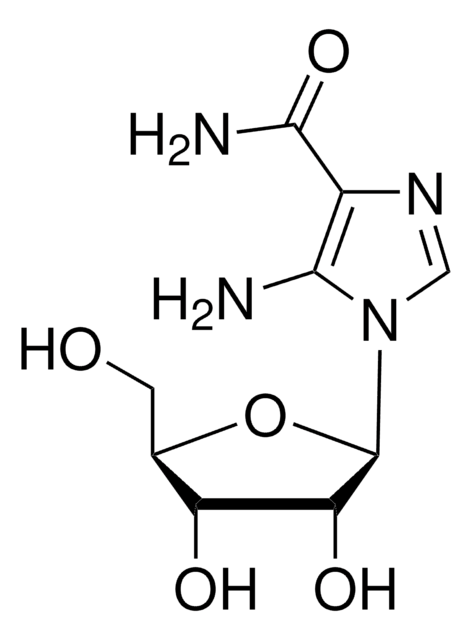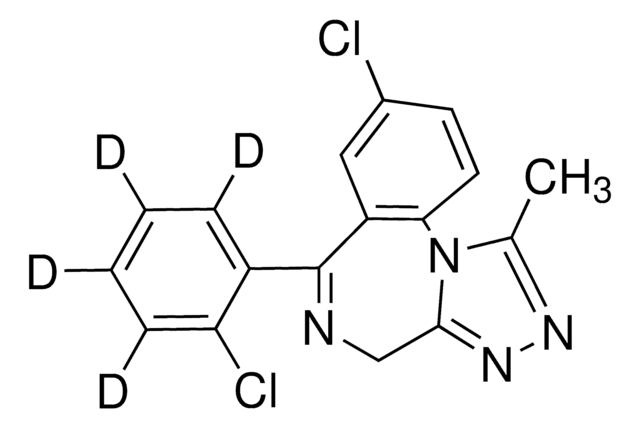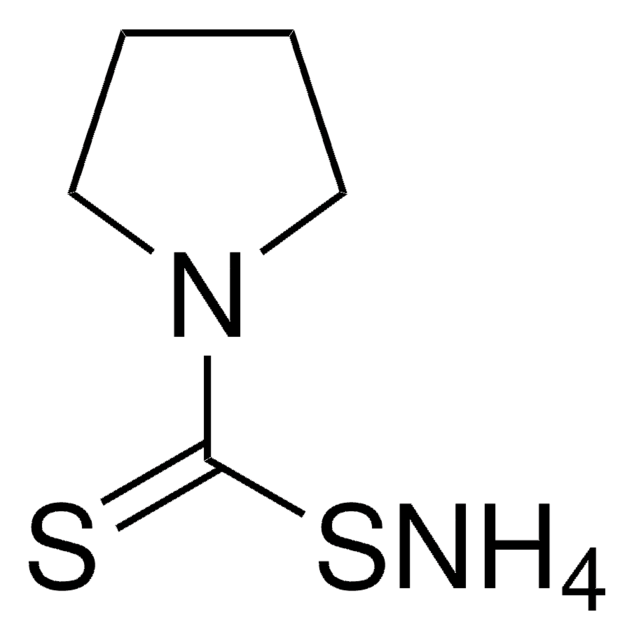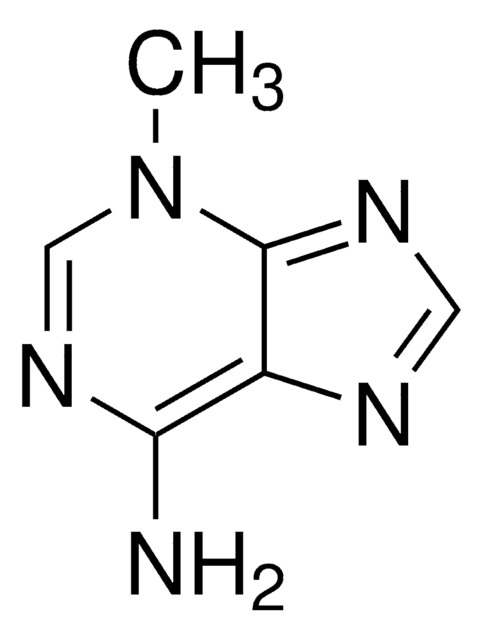Kluczowe dokumenty
P0037
PP242 hydrate
≥98% (HPLC), powder
Synonim(y):
2-(4-amino-1-isopropyl-1H-pyrazolo[3,4-d]pyrimidin-3-yl)-1H-indol-5-ol
About This Item
Polecane produkty
Poziom jakości
Próba
≥98% (HPLC)
Formularz
powder
kolor
off-white
rozpuszczalność
DMSO: >10 mg/mL
temp. przechowywania
2-8°C
ciąg SMILES
O.CC(C)n1nc(-c2cc3cc(O)ccc3[nH]2)c4c(N)ncnc14
InChI
1S/C16H16N6O.H2O/c1-8(2)22-16-13(15(17)18-7-19-16)14(21-22)12-6-9-5-10(23)3-4-11(9)20-12;/h3-8,20,23H,1-2H3,(H2,17,18,19);1H2
Klucz InChI
FMDOLJSFPXFBIL-UHFFFAOYSA-N
Zastosowanie
- jako inhibitor ssaczego celu rapamycyny (mTOR) w celu zbadania jego wpływu na sygnalizację kompleksu mTOR 1 i 2 (mTORC1 i 2) fibroblastów szczura
- jako inhibitor mTOR w leczeniu mysich fibroblastów embrionalnych (MEF) i komórek cumulus (CC) w celu zbadania jego wpływu na reaktywację jąder embrionalnych i biogenezę rybosomów
- jako inhibitor kinazy docelowej rapamycyny (TOR) w leczeniu Arabidopsis w celu zbadania jego wpływu na infekcję Fusarium graminearum
Działania biochem./fizjol.
Cechy i korzyści
Kod klasy składowania
11 - Combustible Solids
Klasa zagrożenia wodnego (WGK)
WGK 2
Temperatura zapłonu (°F)
Not applicable
Temperatura zapłonu (°C)
Not applicable
Wybierz jedną z najnowszych wersji:
Masz już ten produkt?
Dokumenty związane z niedawno zakupionymi produktami zostały zamieszczone w Bibliotece dokumentów.
Klienci oglądali również te produkty
Produkty
Oferujemy wiele produktów związanych z PKB/Akt dla potrzeb badawczych.
We present an article about how proliferating cells require the biosynthesis of structural components for biomass production and for genomic replication.
Protokoły
Sigma-Aldrich offers many products related to PKB/Akt for your research needs.
Nasz zespół naukowców ma doświadczenie we wszystkich obszarach badań, w tym w naukach przyrodniczych, materiałoznawstwie, syntezie chemicznej, chromatografii, analityce i wielu innych dziedzinach.
Skontaktuj się z zespołem ds. pomocy technicznej